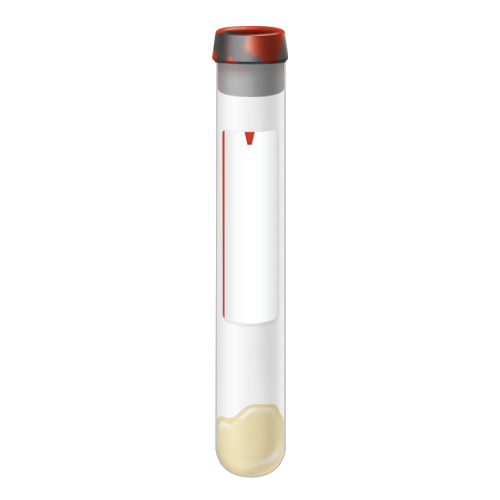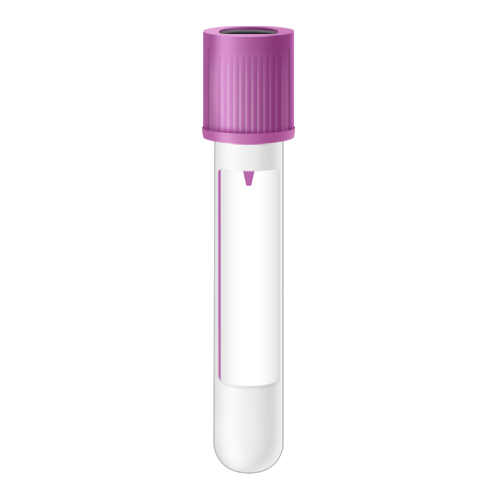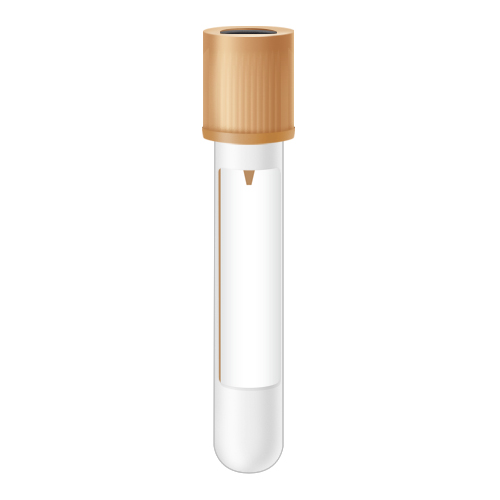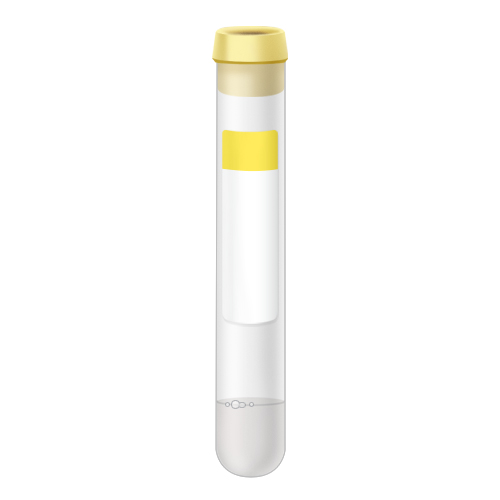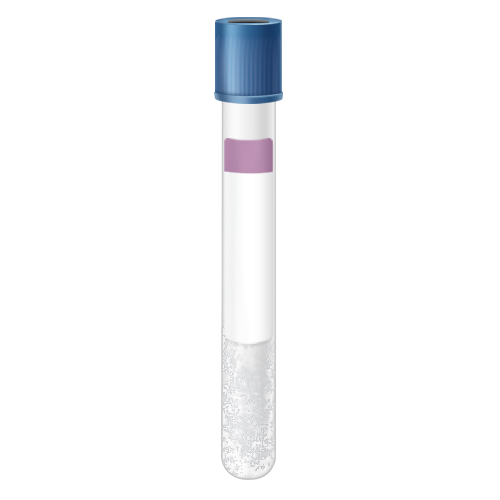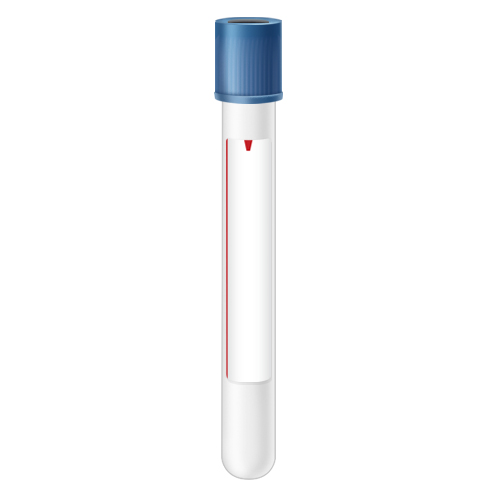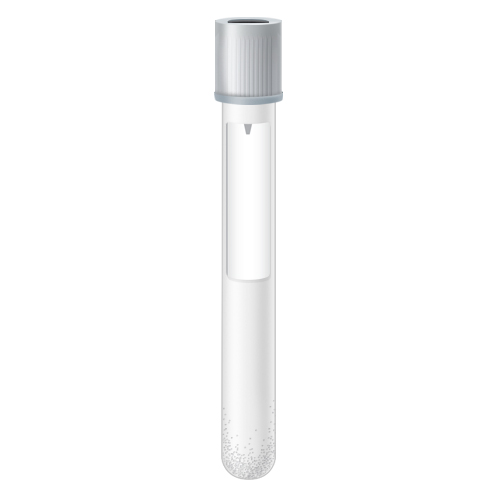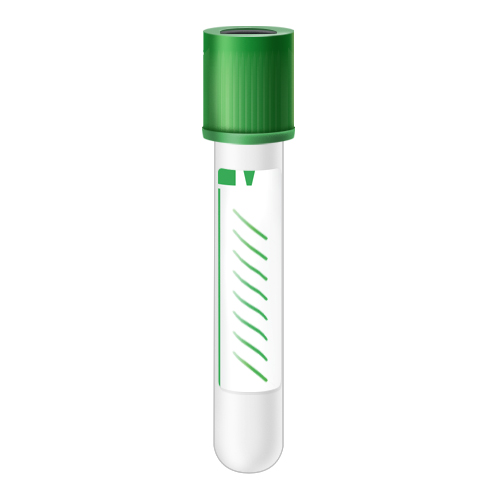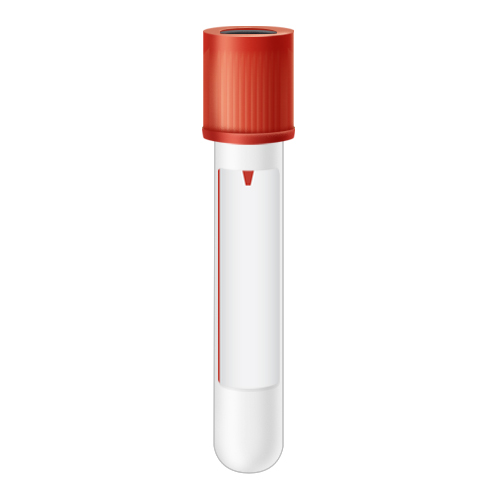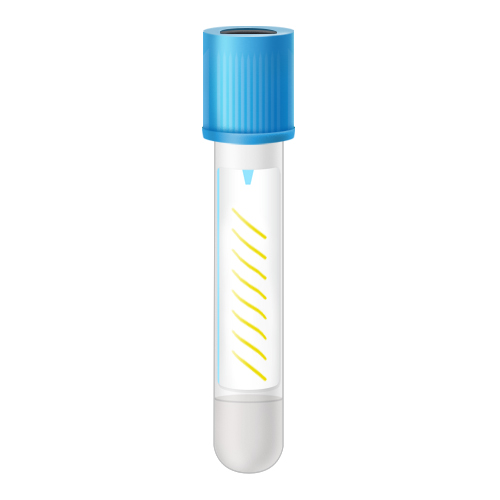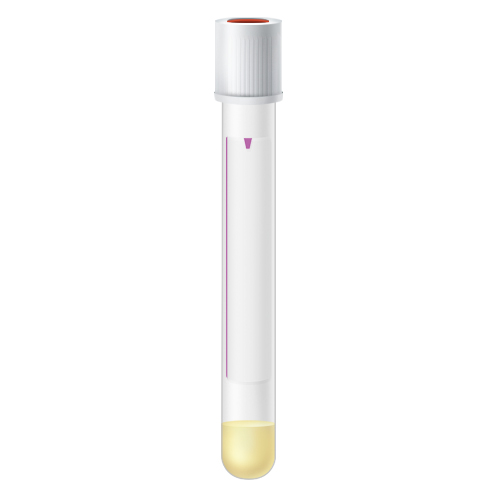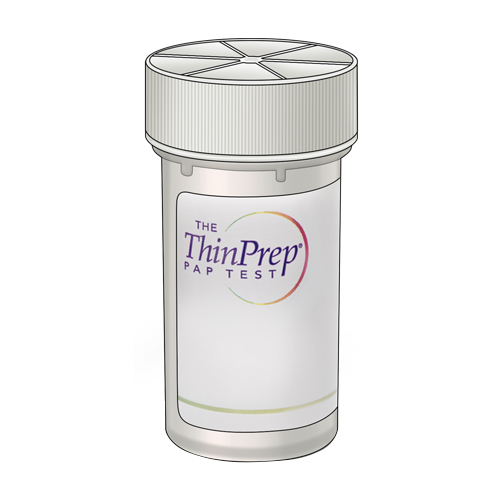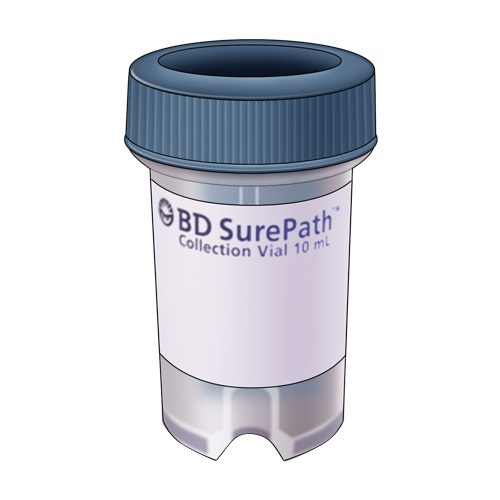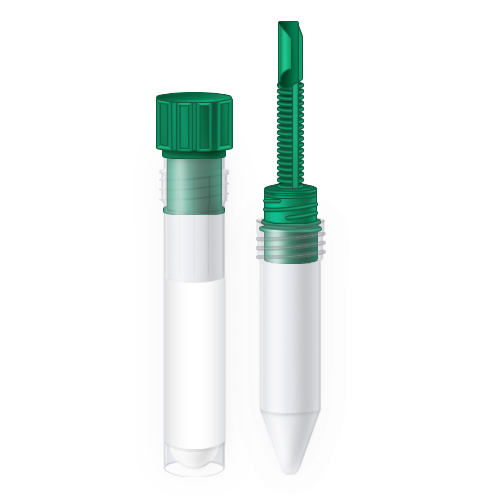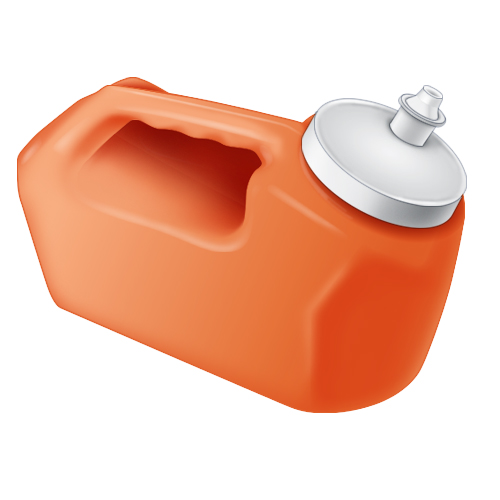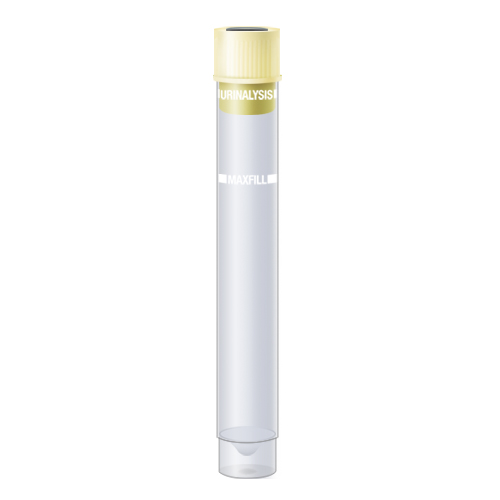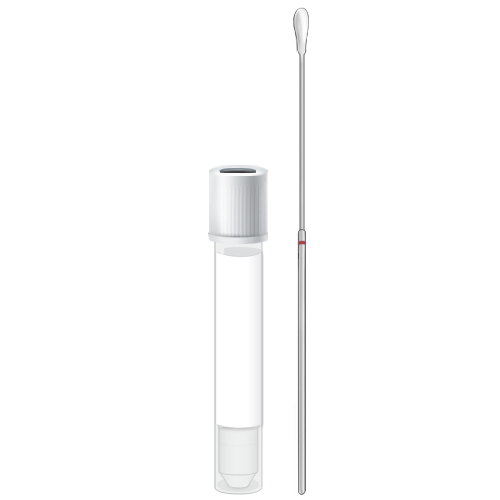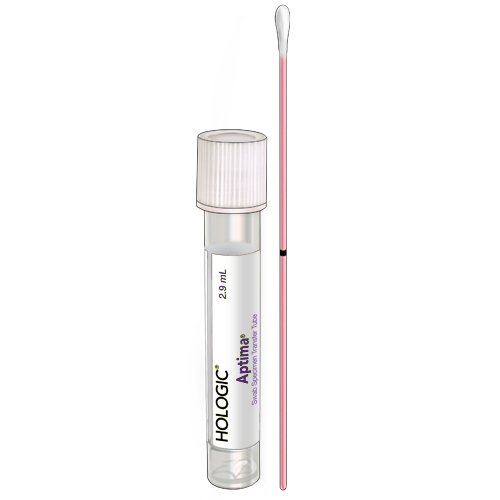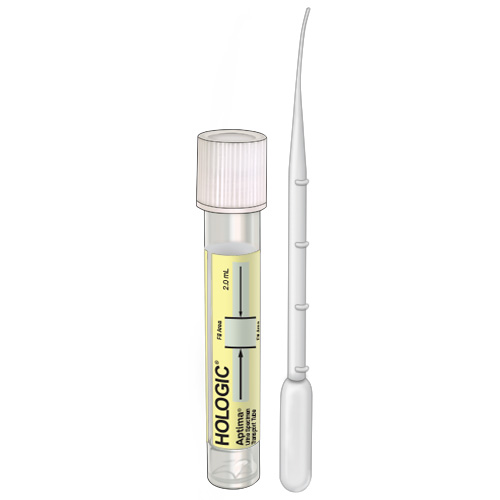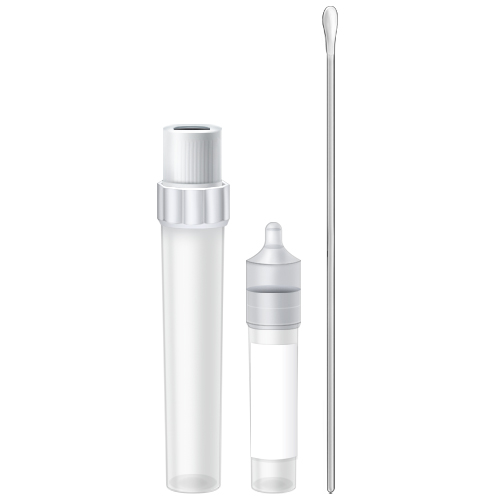Spring is here, bringing blooming flowers, budding trees and for many Americans – the allergies that come along with them. While allergy sufferers may chalk their symptoms up to usual suspects like hay fever, multiple allergies could be at play that can affect your body’s response. Here, we examine some seasonal allergy basics, the symptom threshold for those managing multiple allergies, and how identifying your sensitivities through testing could help alleviate symptoms.
What Are Seasonal Allergies?
An allergy is a hypersensitivity to a specific substance that can cause an allergic reaction through contact with your skin, nose, eyes, respiratory or gastrointestinal tract.1 When your immune system flags an otherwise harmless substance – like pollen – as an invader, it produces antibodies called Immunoglobulin E (IgE) that travel to cells that release chemicals and cause an allergic reaction.2 Seasonal allergies, often called hay fever (rhinitis), occur during a specific time of the year like spring, summer and fall – and are most often caused by tree, grass or weed pollen.3
What Are Seasonal Allergy Symptoms?
Common signs of seasonal allergies can include3:
- Congestion
- Itchy or runny nose
- Sneezing
- Red, itchy eyes
- Swollen eyelids
- Watering eyes
- Itchy throat
- Swelling of the mouth or airway
The length and severity of an allergy season will depend on the climate and allergens where you live, though daily weather conditions can also play a part.4 Climate factors that may trigger allergic symptoms include4:
- Warm days and cool nights: Pollen from trees, grass and ragweed tend to flourish during these conditions
- High humidity and heat: Molds grow rapidly in this environment
- Rain: Showers can wash pollen away, but pollen counts can also rise after rainfall
- High wind: Warm and windy days can cause pollen counts to climb
What is the Symptom Threshold?
The “symptom threshold” refers to the level at which you start experiencing allergy symptoms. Most people with allergies are sensitive to multiple allergens but may not be aware because exposure to only one source doesn’t always trigger symptoms. However, exposure to multiple allergens at once can cause a build-up that crosses over the symptom threshold. 5 See below for an example:
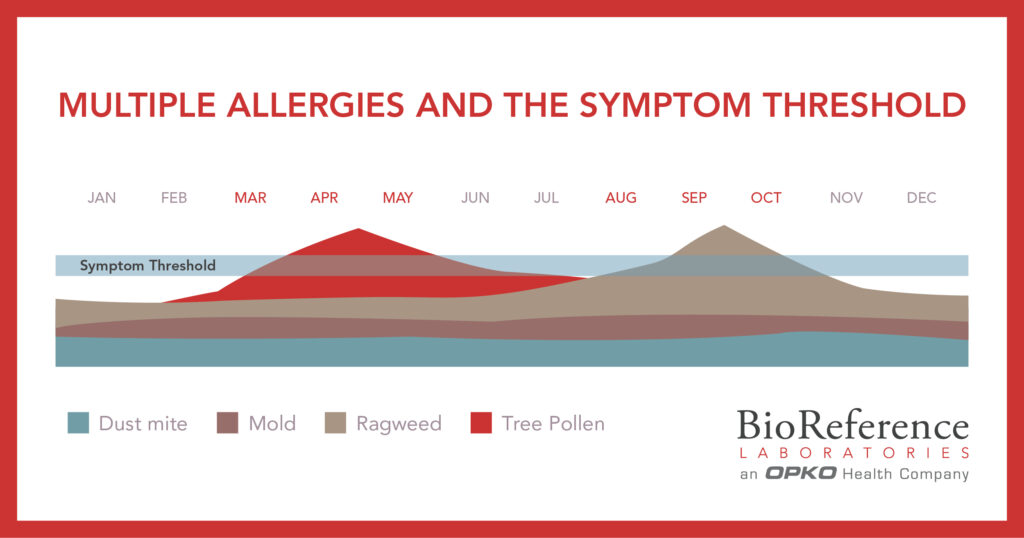
For people with multiple allergies, knowing all your allergic triggers – even the ones that are hidden – can help you limit exposure to sources and reduce your symptoms.
How Can I Identify My Allergies?
Allergy tests are the best and safest way to determine what triggers your symptoms, according to the American Academy of Allergy Asthma and Immunology (AAAAI).6 Types of allergy tests include:
- Skin tests
- Intradermal tests
- Challenge tests
- Blood tests
Pinpointing your allergies through testing can help your healthcare provider develop a comprehensive treatment plan.
Allergy Blood Testing with BioReference
ImmunoCAP™ Specific IgE testing with BioReference can supply you and your healthcare provider with valuable information to help you take control of your allergies. Through a simple blood test, specific IgE testing measures the level of IgE antibodies in response to individual allergens.7 Identifying all the relevant allergens you are sensitized to can help your healthcare provider create an exposure reduction plan to help keep your symptoms below the threshold.
BioReference’s Regional Respiratory Profiles further target potential environmental allergens by developing profiles specific to your local area. Regional test profiles include sensitization testing for:
- Tree
- Weeds
- Grass
- Mites
- Insect
- Mold
- Epidermal
- Food
If you’re ready to learn more about your allergic triggers, consult your healthcare provider to see if ImmunoCAP allergy testing is right for you and enjoy all the spring season has to offer by taking charge of your allergies.
Sources:
- https://medlineplus.gov/ency/article/000005.htm
- https://www.aaaai.org/Tools-for-the-Public/Conditions-Library/Allergies/Allergic-Reactions
- https://www.thermofisher.com/allergy/us/en/allergy-types-symptoms/seasonal-allergies.html
- https://acaai.org/allergies/allergic-conditions/seasonal-allergies/
- https://www.thermofisher.com/allergy/us/en/living-with-allergies/symptom-management/symptom-threshold.html
- https://www.aaaai.org/tools-for-the-public/conditions-library/allergies/all-about-allergy-testing
- https://medlineplus.gov/lab-tests/allergy-blood-test/
- https://www.thermofisher.com/allergy/us/en/blood-testing-allergies.html

